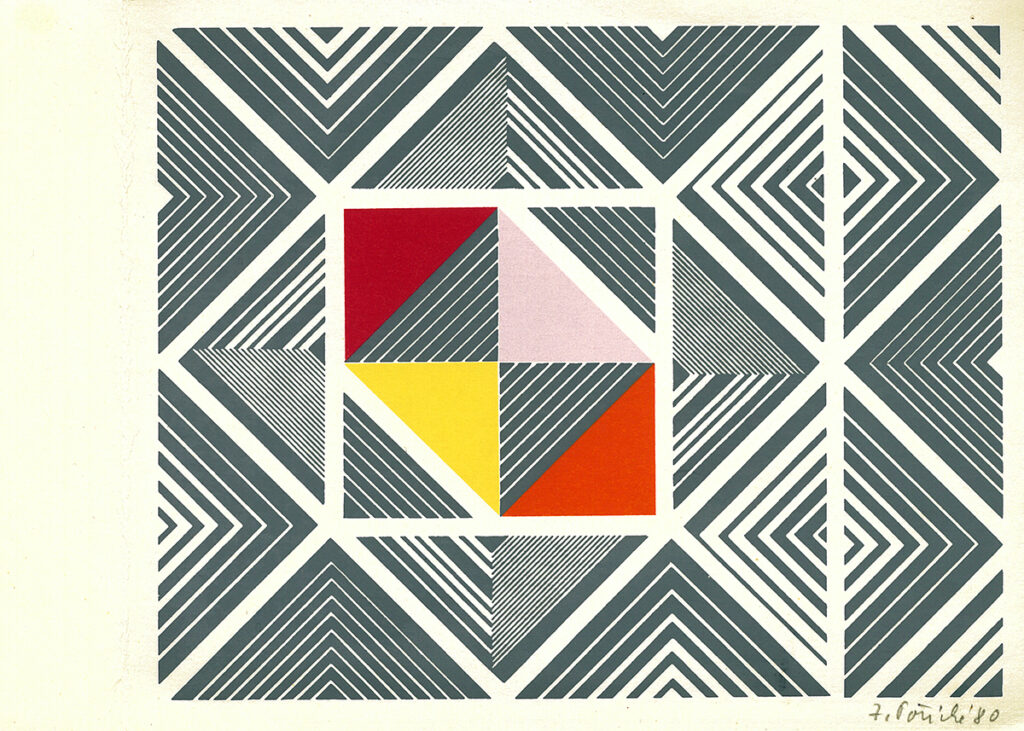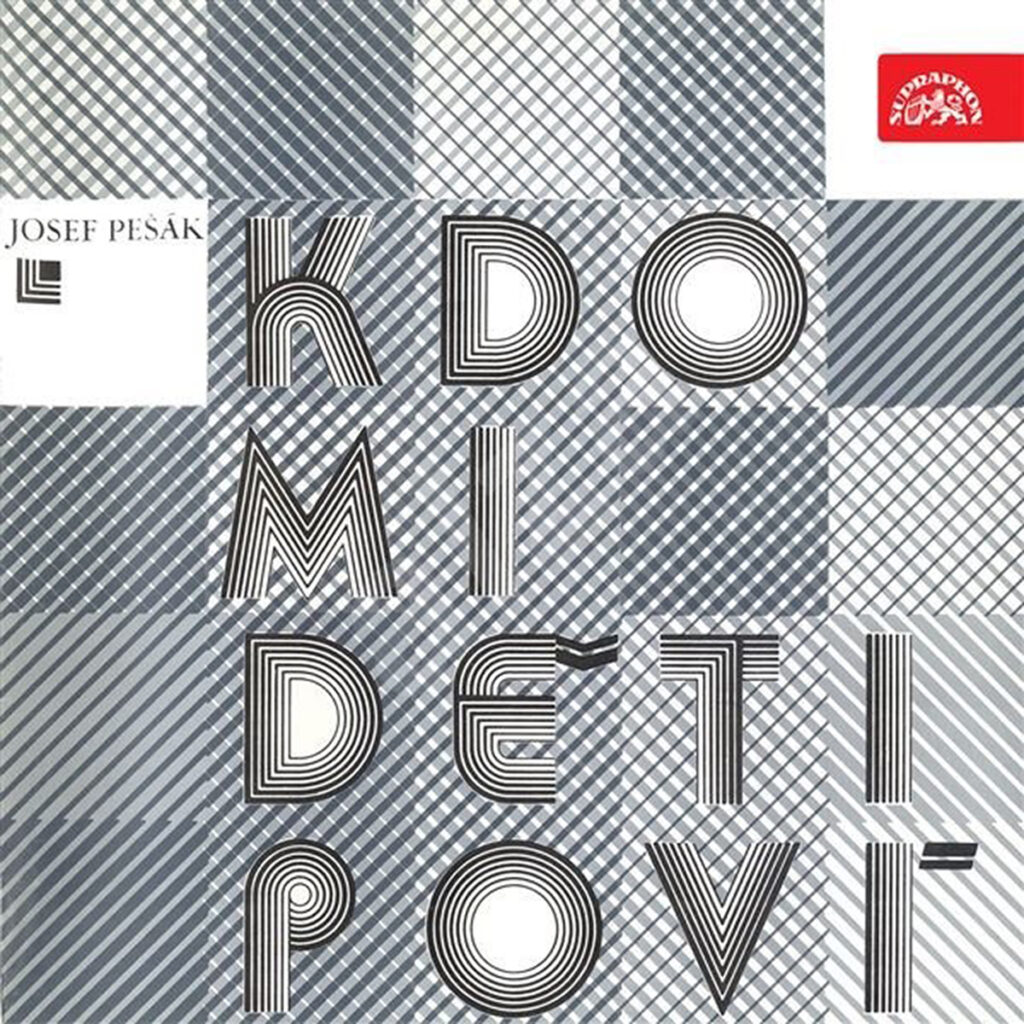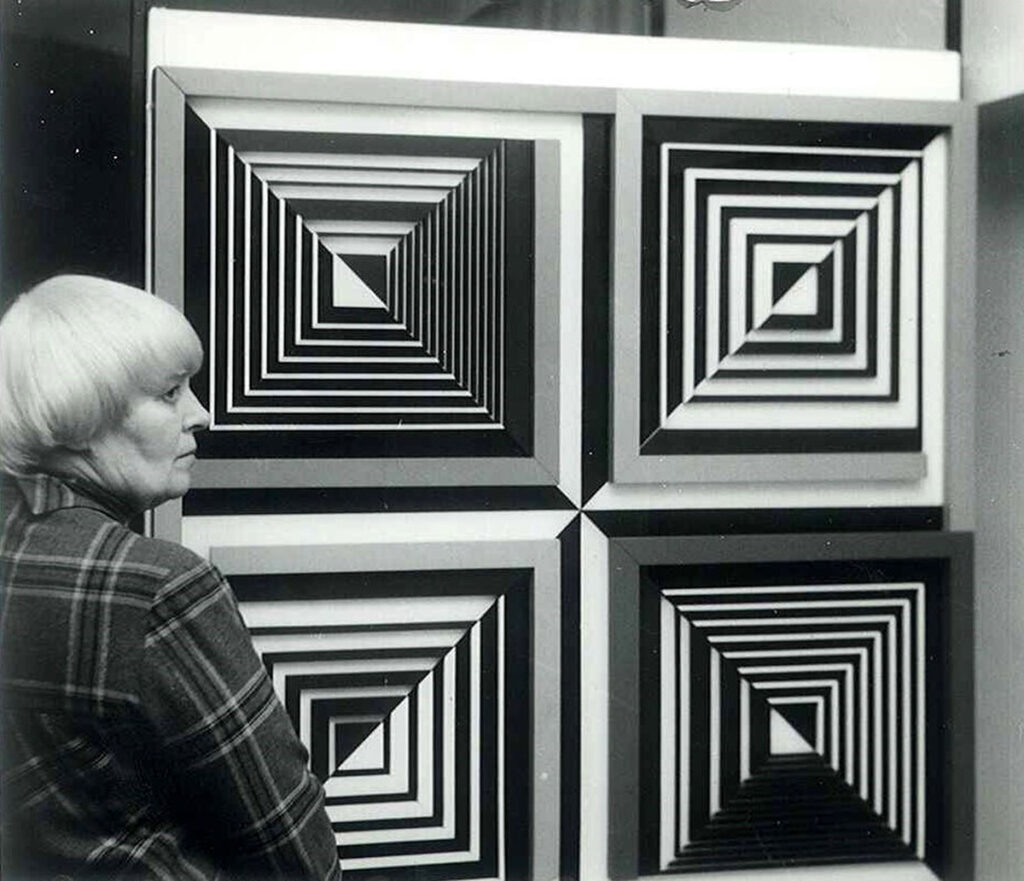František Pořický (1880–1950), a native of Libková Voda in Pelhřimov, was a talented artist who studied at the Pelhřimov gymnasium and then went to Prague, where he developed his artistic talent at the UPS General School. After his studies, he moved to Pilsen, where he became a professor of drawing at the classical gymnasium in Pilsen and was involved in cultural and artistic life all the time.
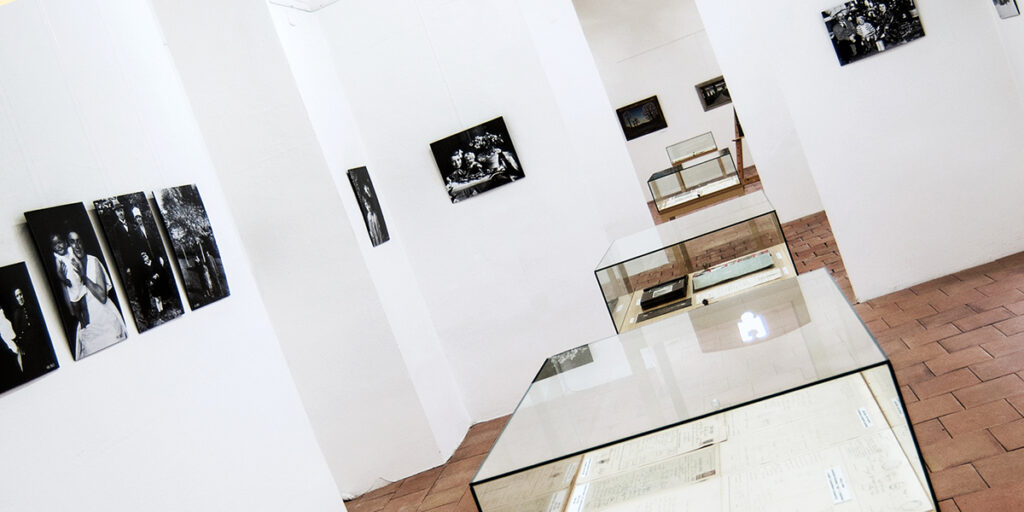
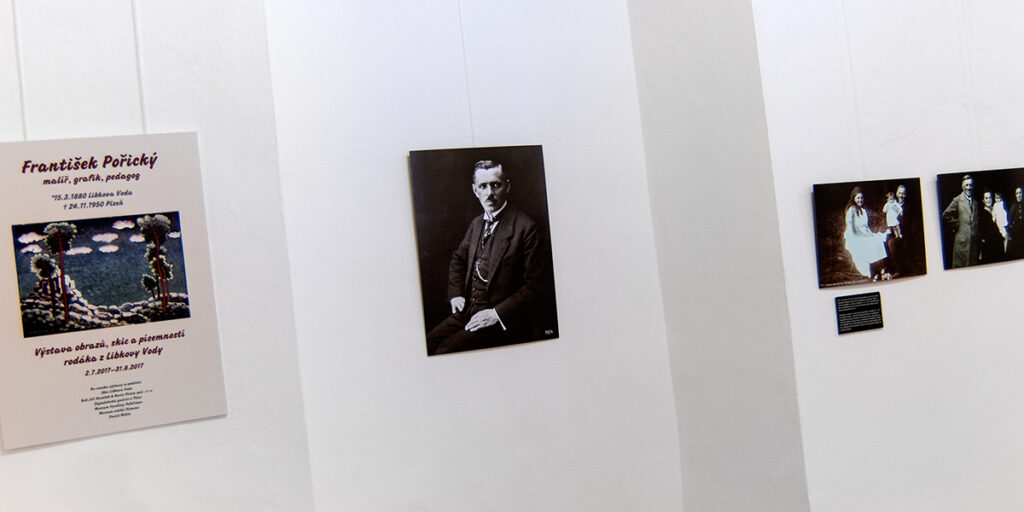
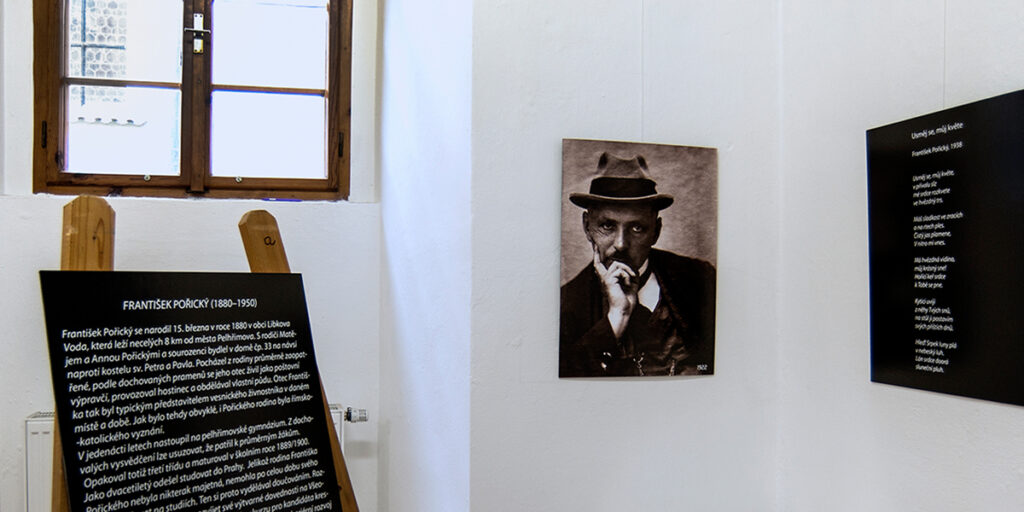
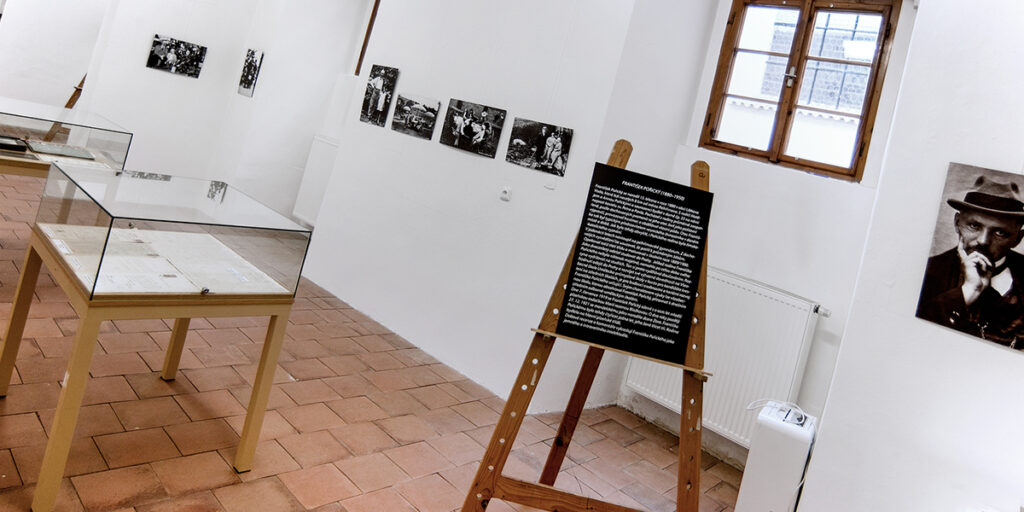
The exhibition is focused not only on Pořicky’s private life, but above all on his artistic work, which traces his modernist tendencies of the first half of the 20th century and at the same time the painter’s late period. Here, then, the landscape in Pořický’s paintings, which is often found in his work, acts as a sublimated aesthetic and spiritual phenomenon, marked by a melancholic lyrical naïvism, which is the result of a thoughtful stylization of forms and color tuning of a gifted artist. It is an underived, distinctive parallel to the work of Jan Zrzavý, with whom Pořický corresponded. František Pořický belongs to the most interesting phenomena of the Pilsen art culture of the first half of the 20th century. The exhibition also includes examples of some works by his daughter, the graphic artist Zora Pořická.

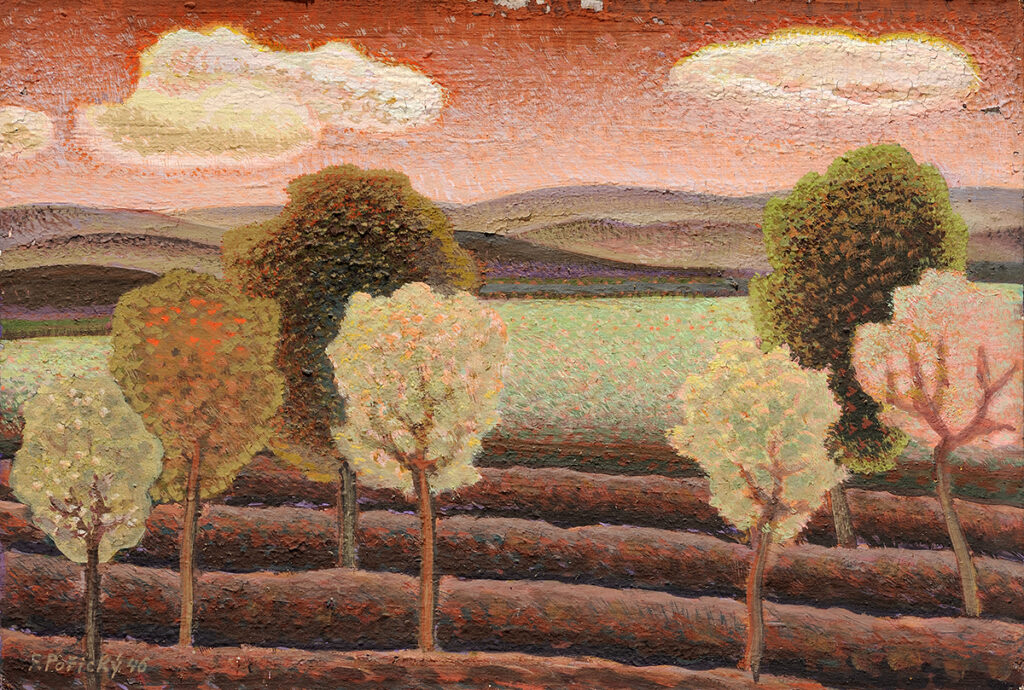

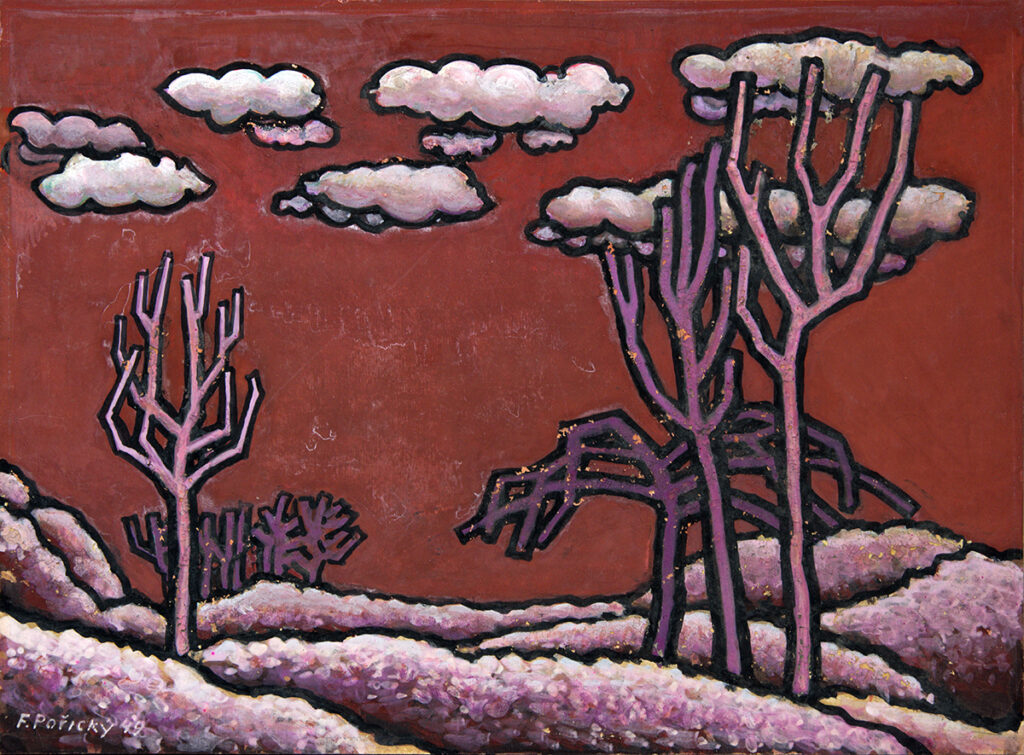
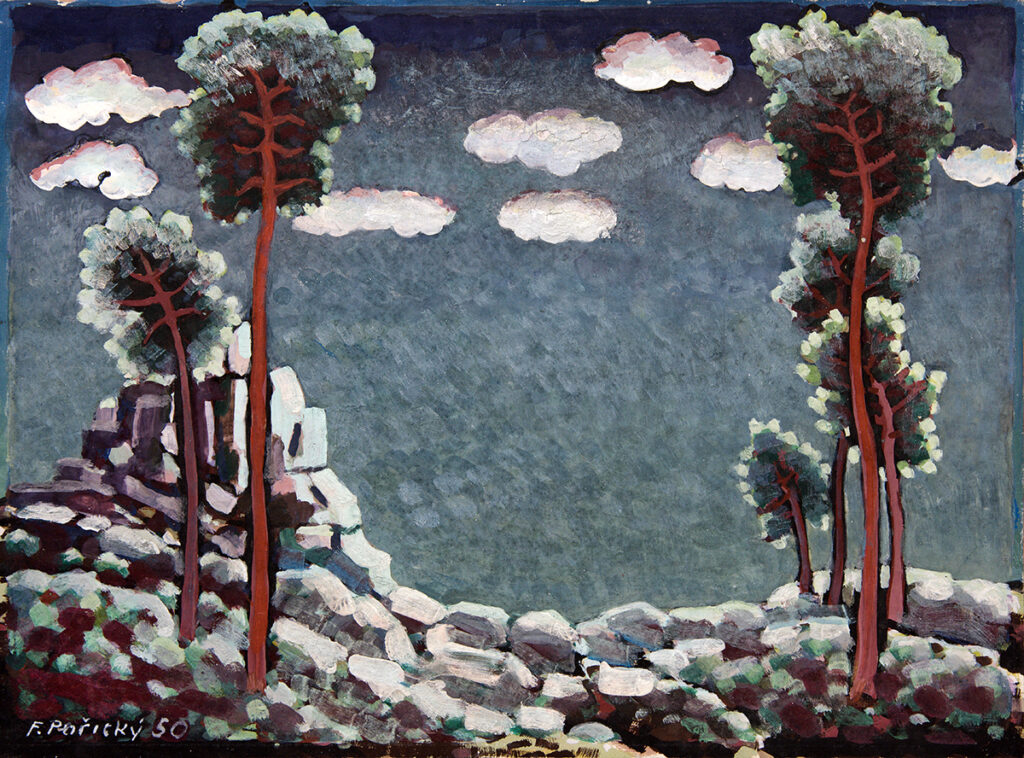
Pořický was a co-founder of the Artistic Group and in 1919, at an exhibition of members of this group, he presented approximately fifteen of his paintings based mainly on lyrical symbolist work. A year later (1920), František Pořický exhibited eleven paintings in the Rudolfinum in Prague at the Modern Art exhibition, which was organized by Veraikon. It was a very prestigious exhibition where renowned artists representing the modernist movement in Czech fine art exhibited: Josef Čapek, Rudolf Kremlička, Václav Špála, Jan Zrzavý, Bohuslav Fuchs, Jiří Kroha, Joža Kubíček, Vlastislav Hofman, Eduard Hnilička, Ferdiš Duša, Alois Moravec, Kamil Roškot.
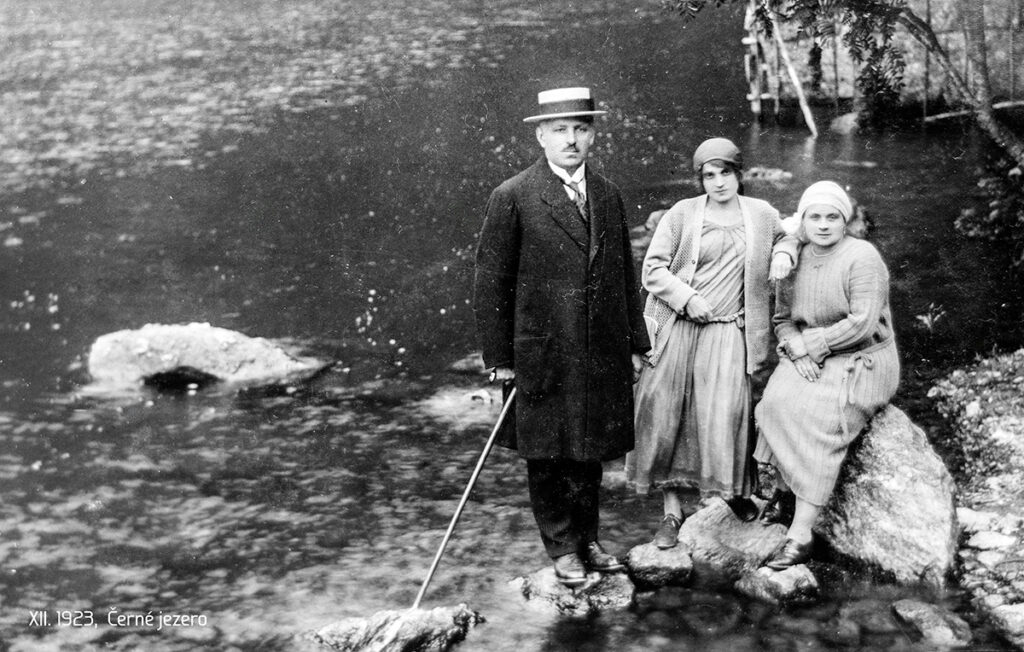
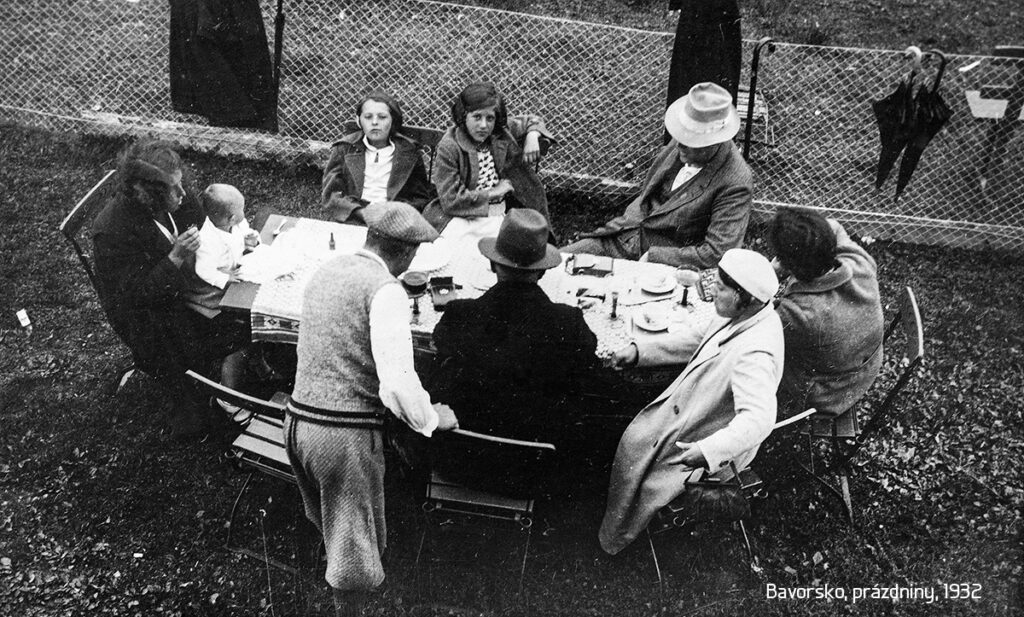
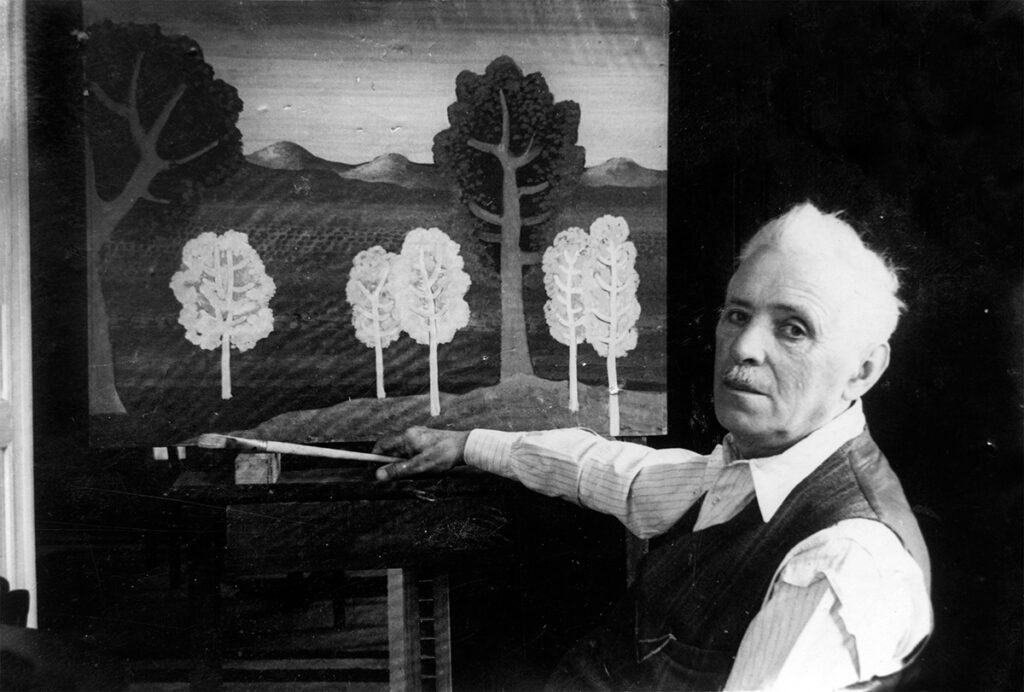
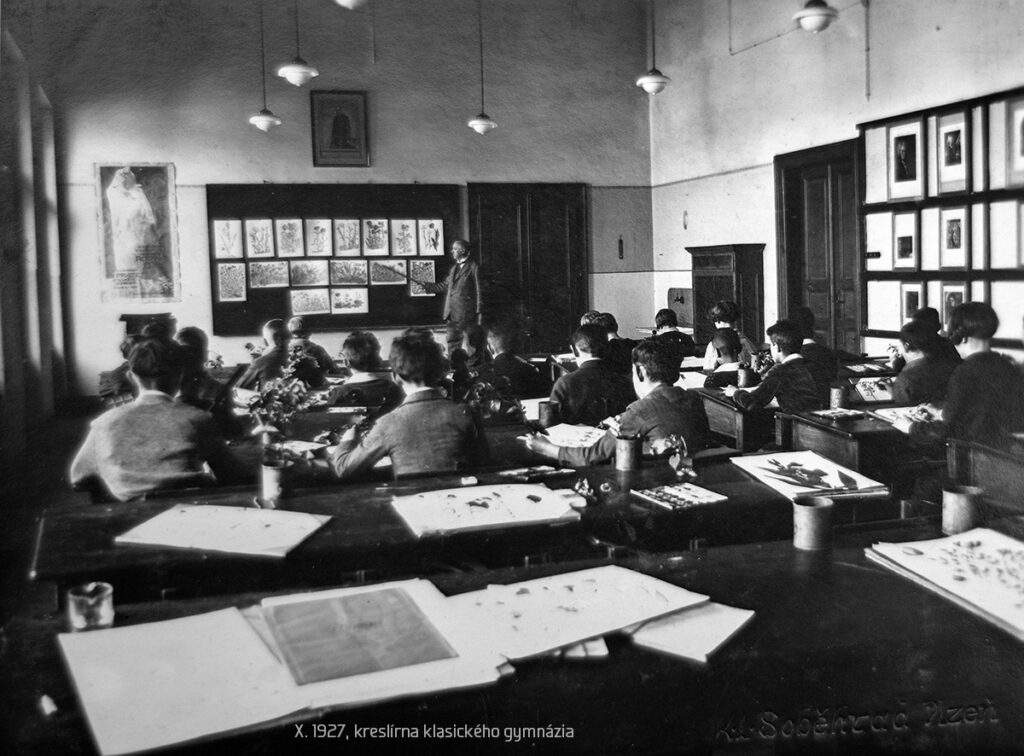
The theme of the second late period of Pořicky’s work is the landscape as a sublimated aesthetic and spiritual phenomenon, marked by a melancholic lyrical naïvism, which is the result of a well-thought-out stylization of forms and color tuning. It is an underived, distinctive parallel to the work of Jan Zrzavý, with whom Pořický corresponded. Pořický belongs to the most interesting phenomena of the Pilsen art culture of the first half of the 20th century.”
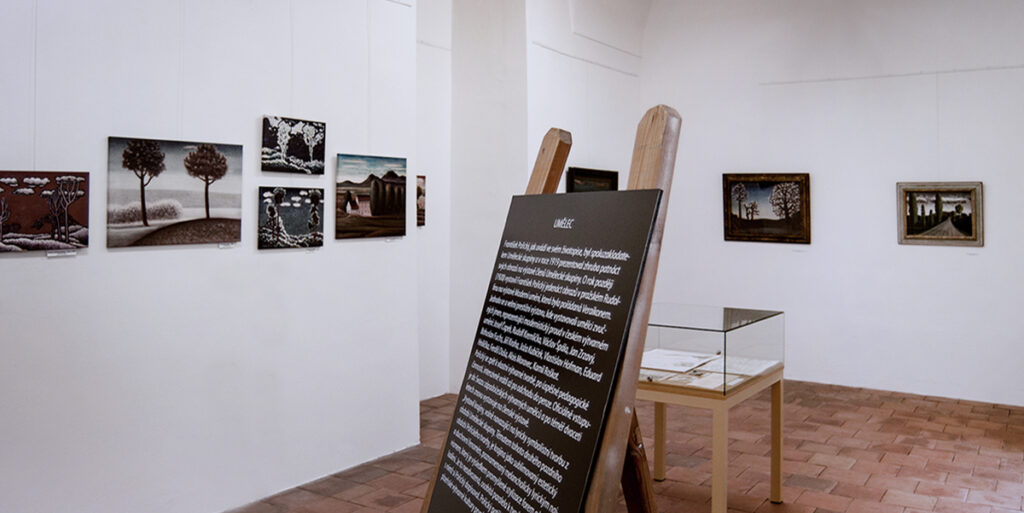
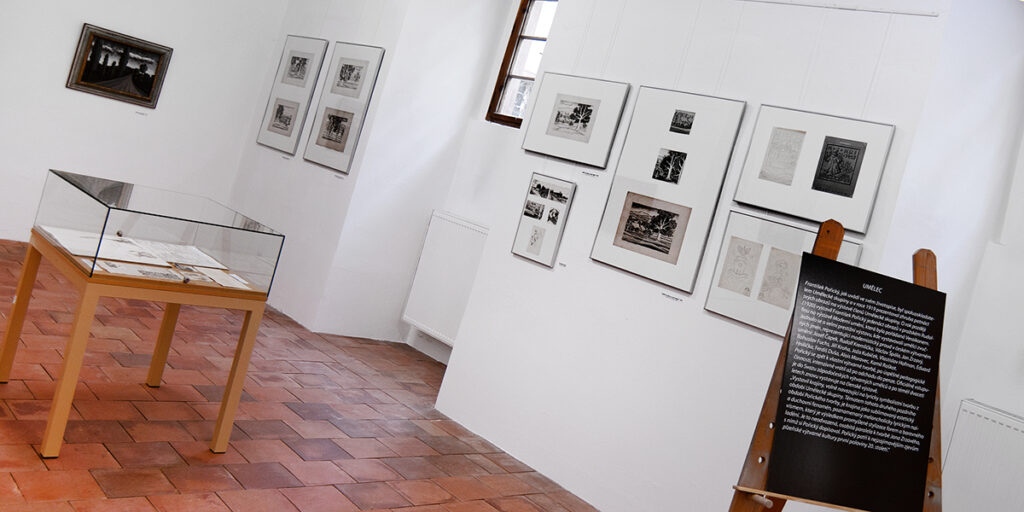
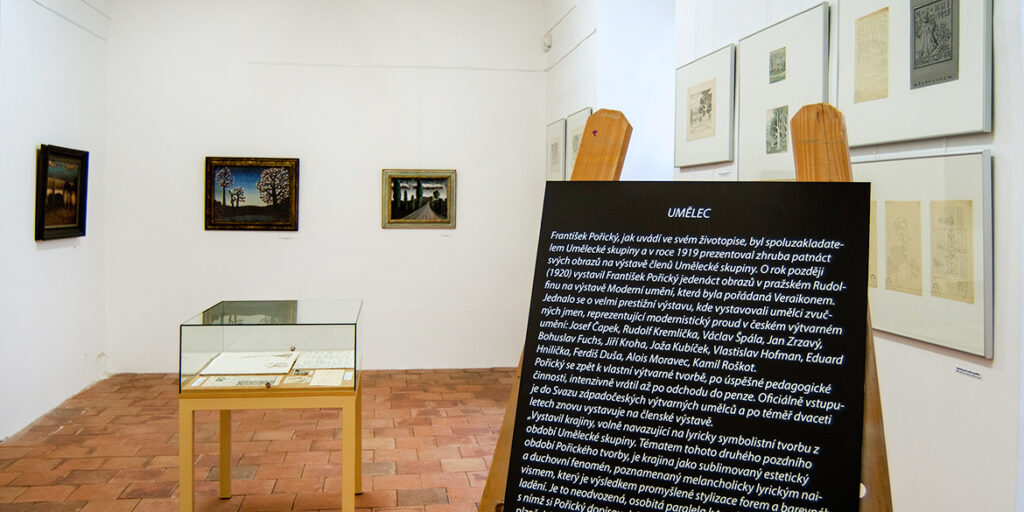
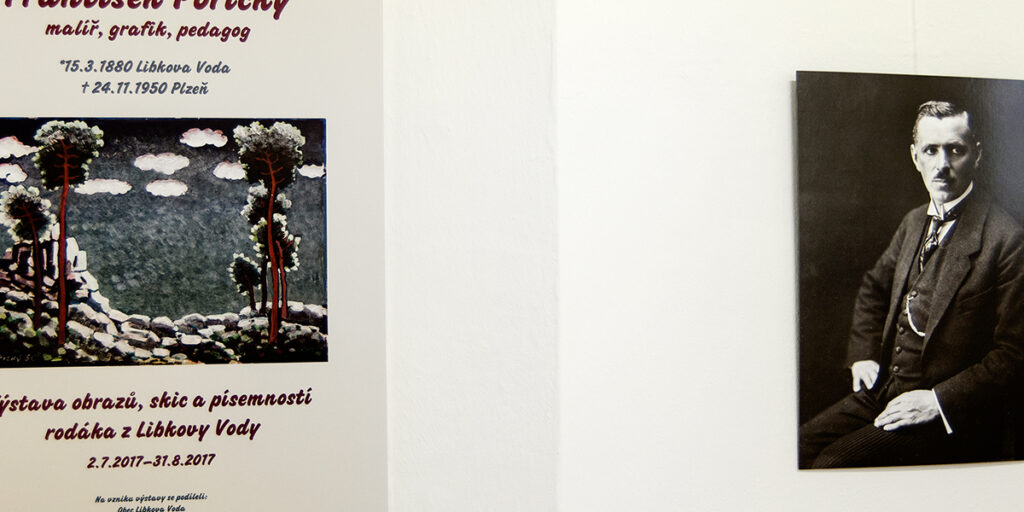
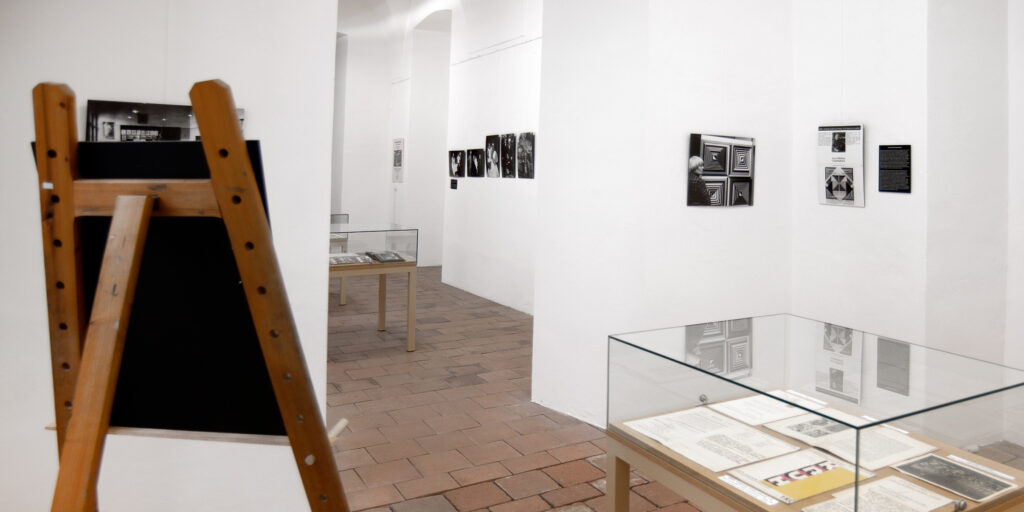
The only daughter of František Pořicky, Zora Pořická–Chadrabová (1921–2015), was also gifted with artistic talent. In 1942, she began studying art at the Academy of Fine Arts in Prague. The head of her applied graphics studio was František Muzika. She graduated from school in 1948. The following year she joined the Department of Art Education at the Faculty of Pedagogy of the Palacký University in Olomouc as an assistant professor. She further expanded her education with a doctorate in art history and aesthetics, which she completed in 1952 under the supervision of Bohumil Markalous (professor of aesthetics) and Václav Richter (professor of art history). These professors also lectured for the Institute of Art Education, which “was created according to an original concept that was unprecedented in our countries at the time. The College of Art Pedagogy trained art teachers of all school levels. Bauhaus elements were clearly reflected in the concept and teaching, primarily the idea of connecting art education with perfectly mastered craftsmanship. Upon joining the Institute of Art Education, Zora Pořická met her colleague and future husband, Rudolf Chadraba, who in June 1950 also completed his doctorate under Professor Markalous and, after his death, became the head of the aesthetics seminar. The Chadrabs collaborate on scientific and artistic projects. She worked at the institute until 1956, when she had to leave for political reasons. The fact that she worked as an illustrator, graphic artist and designer also testifies to her artistic versatility. In her own graphic work, she moved towards geometrically stylized works bordering on op-art. In the 1970s, she realized the plastic decoration of bells in the family company Dytrzchtů in Brodek in Přerova, which started its activity in 1950. Another branch in which she realized her talent was illustration, the creation of posters, printed matter, etc. Zora Pořická–Chadrabová also enrolled to the visual form of Olomouc, in 1958 she participated in the exhibition of Olomouc artists – Artists to their town and was also a member of the Union of Visual Artists of Olomouc.
